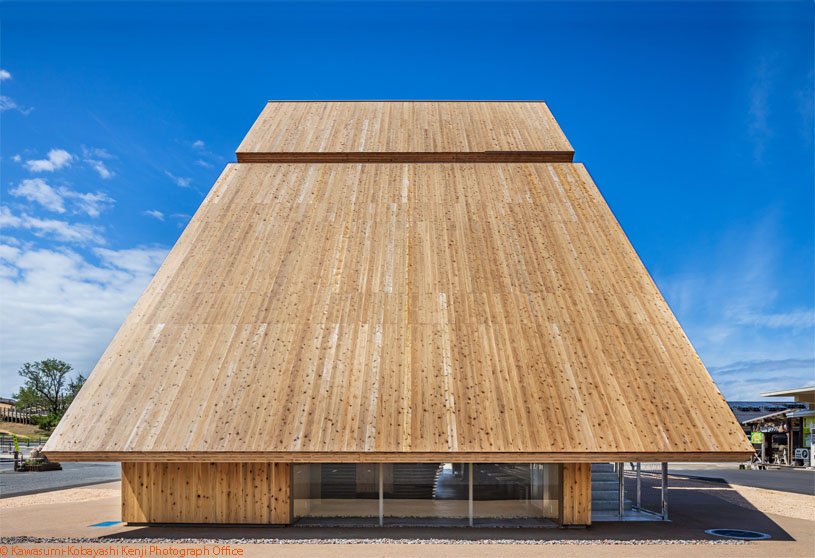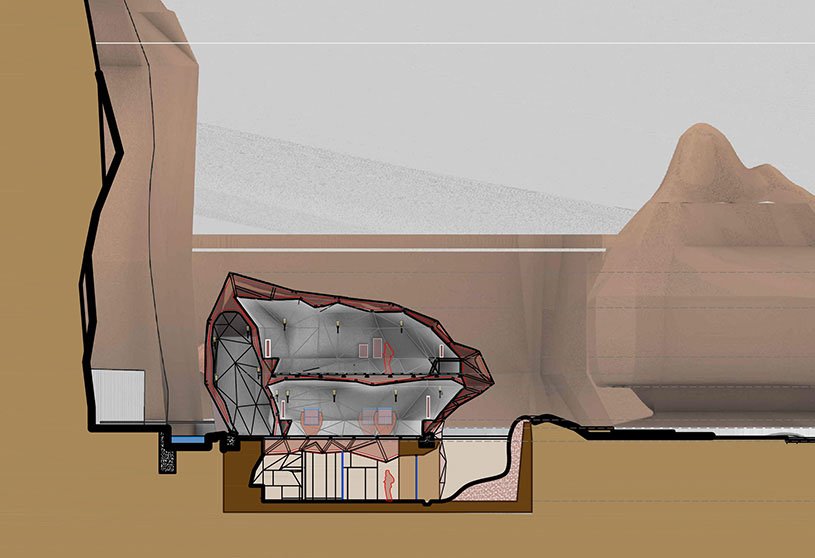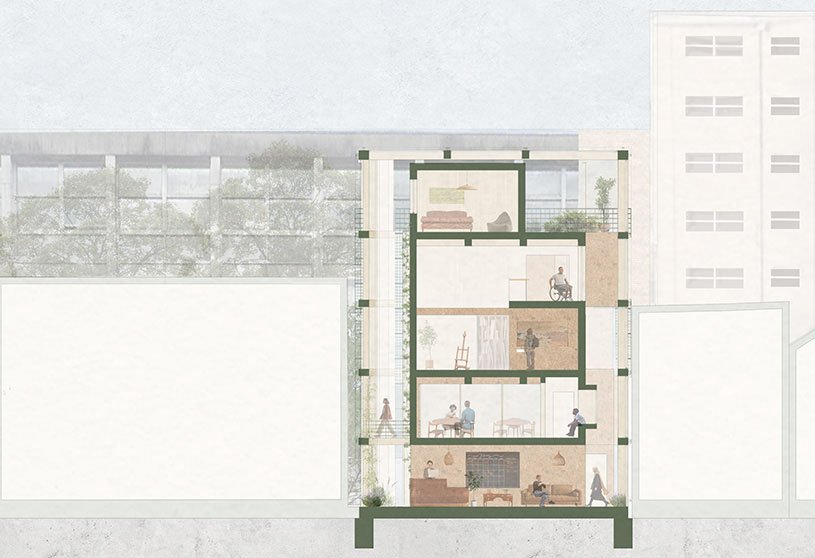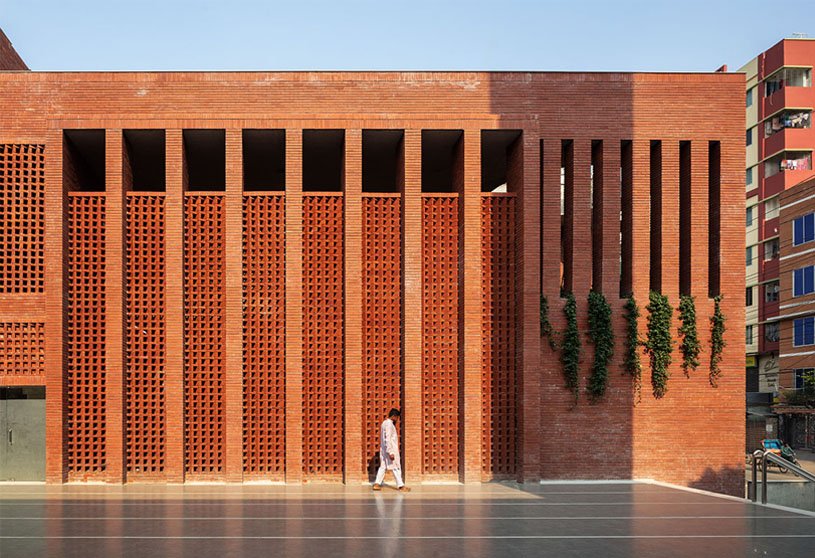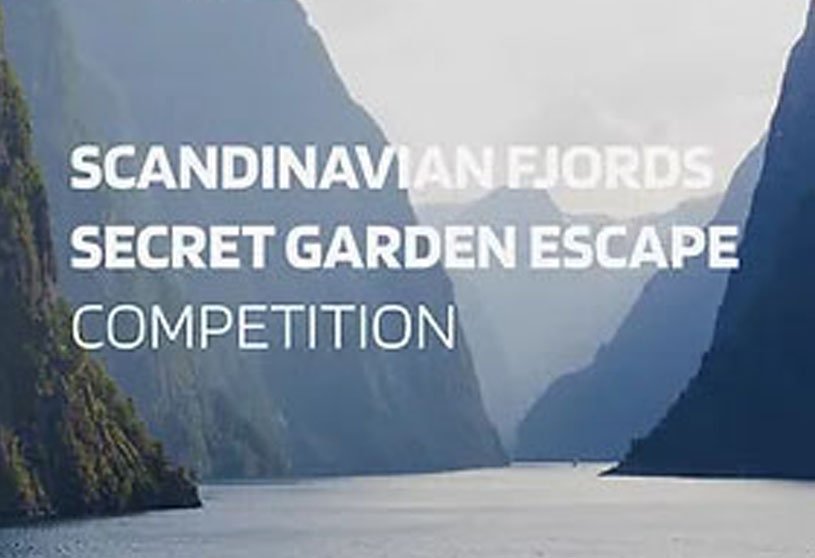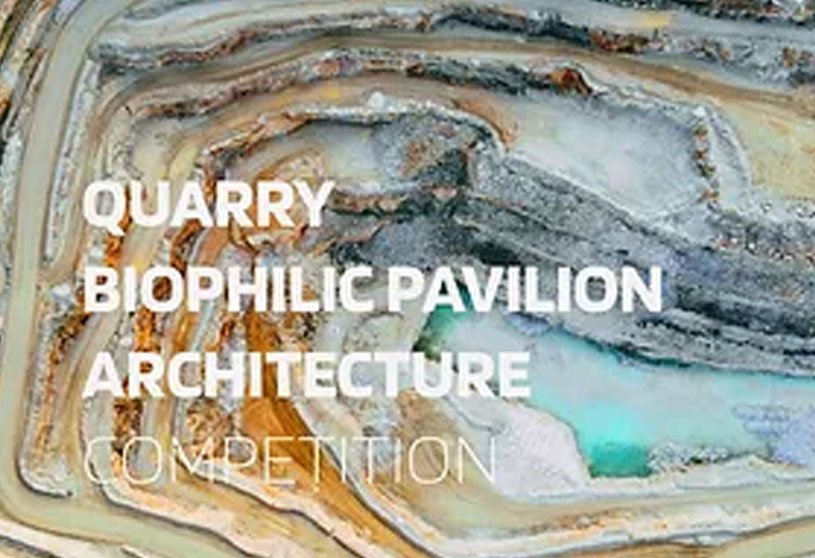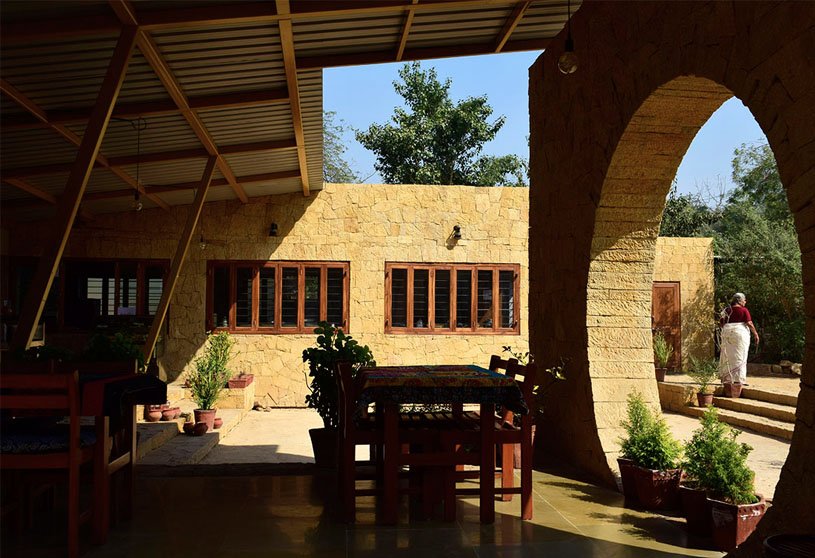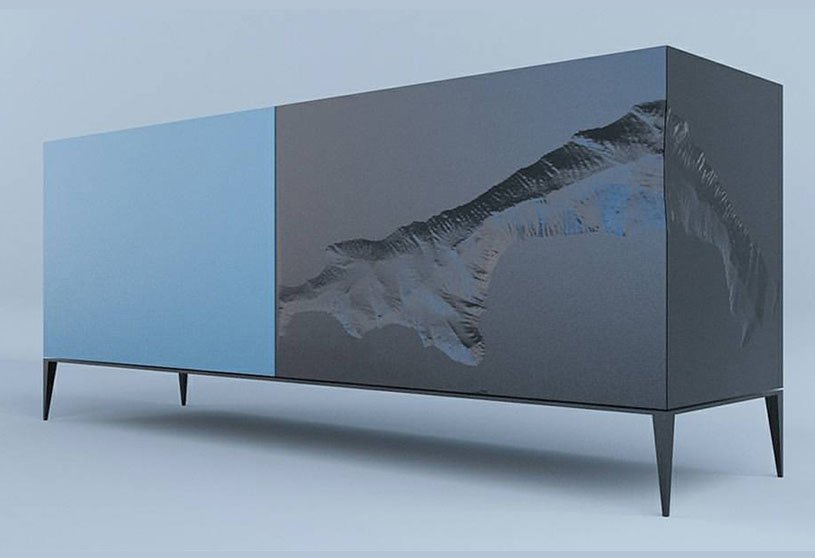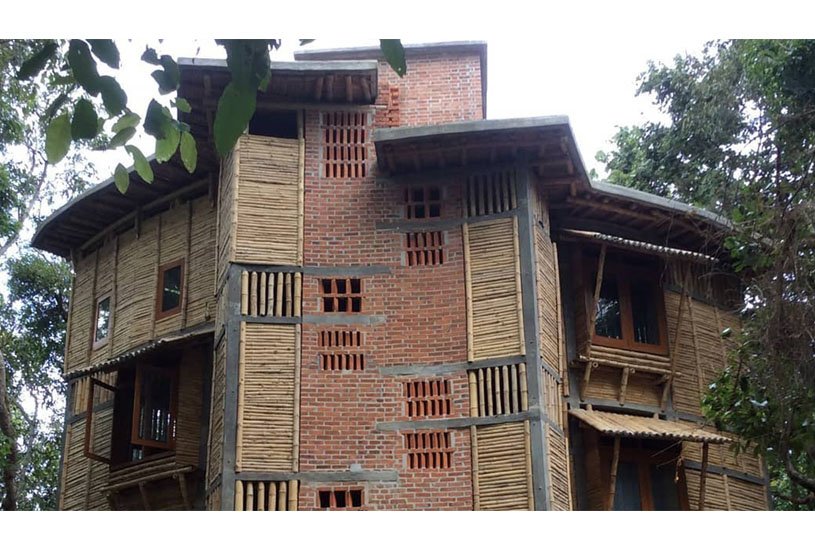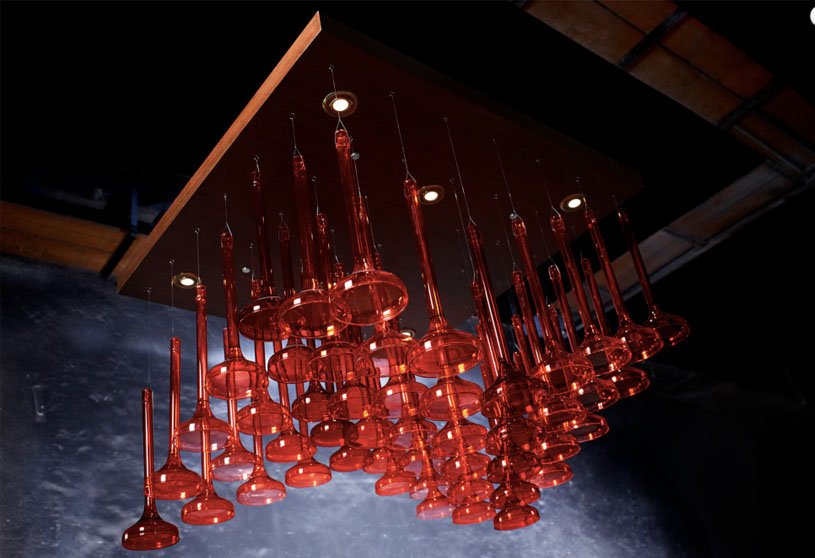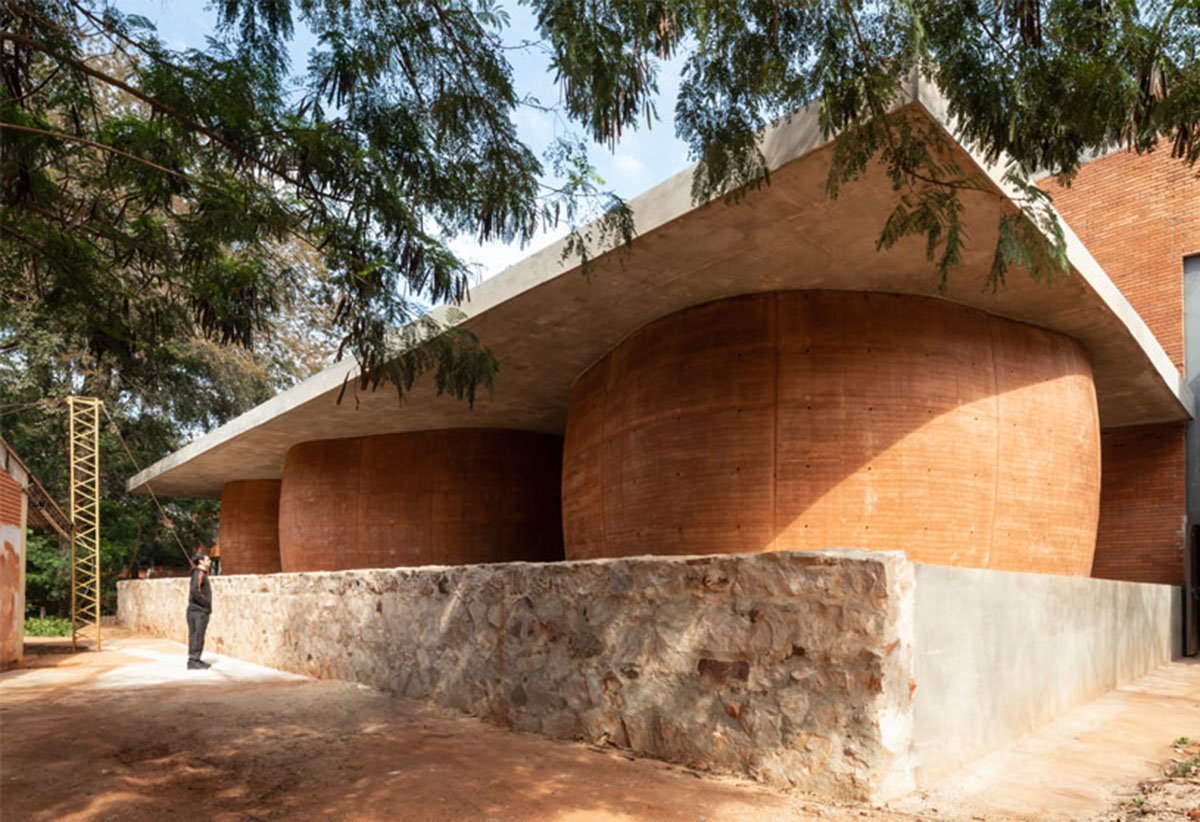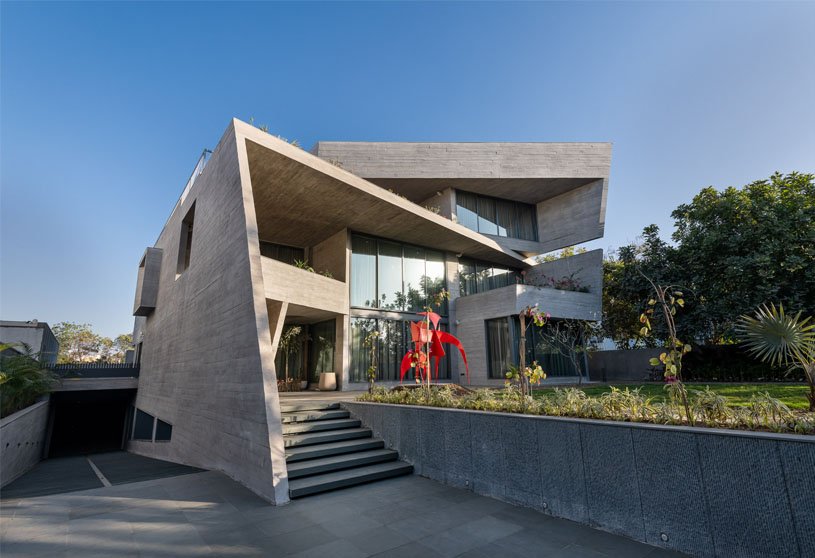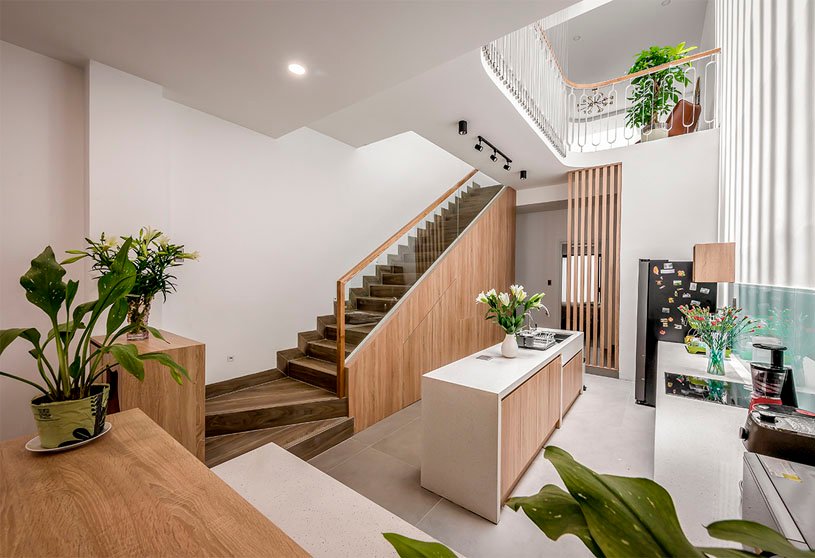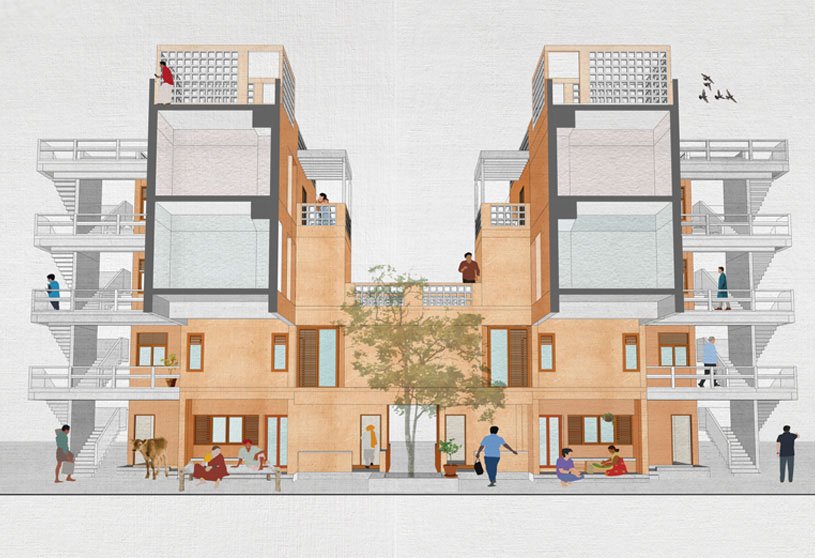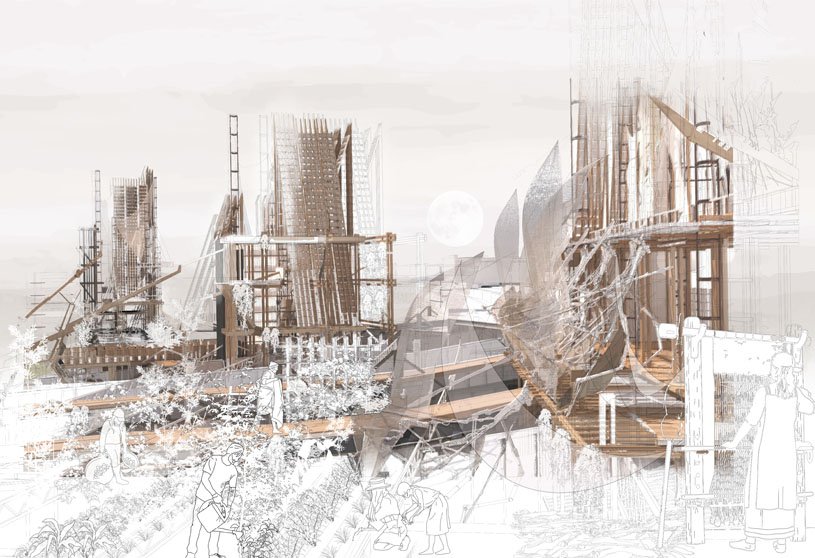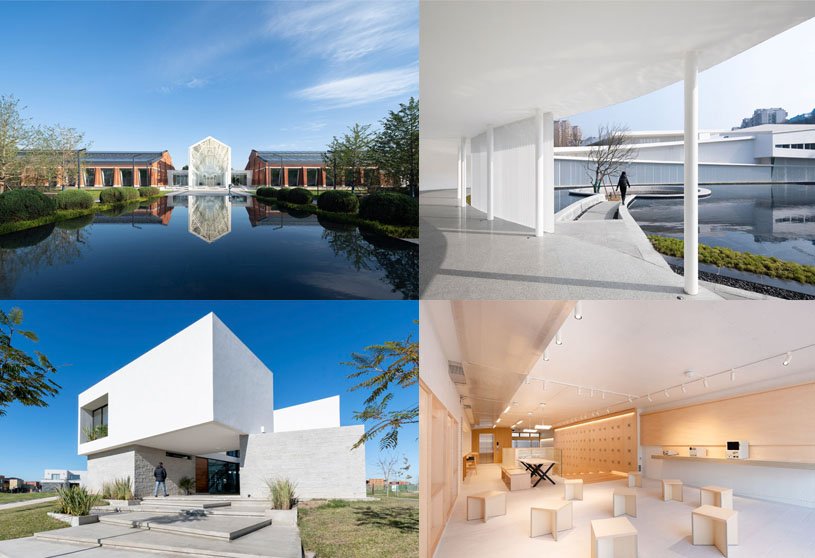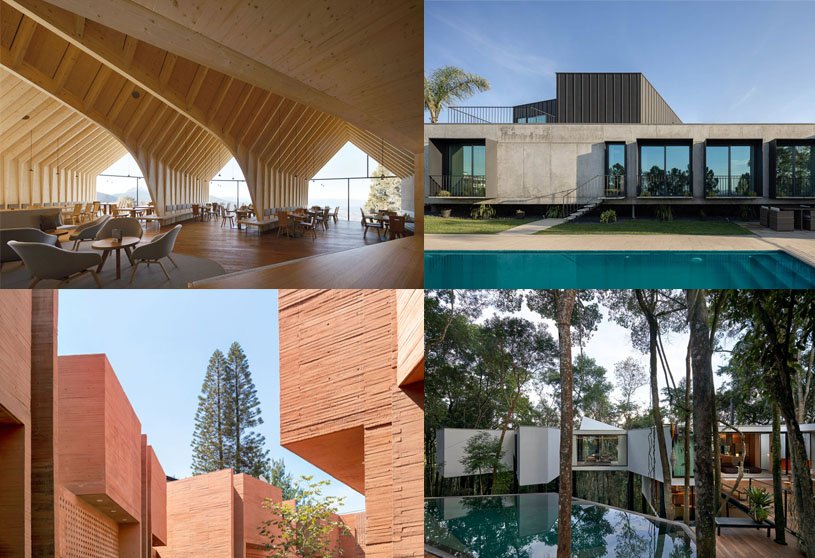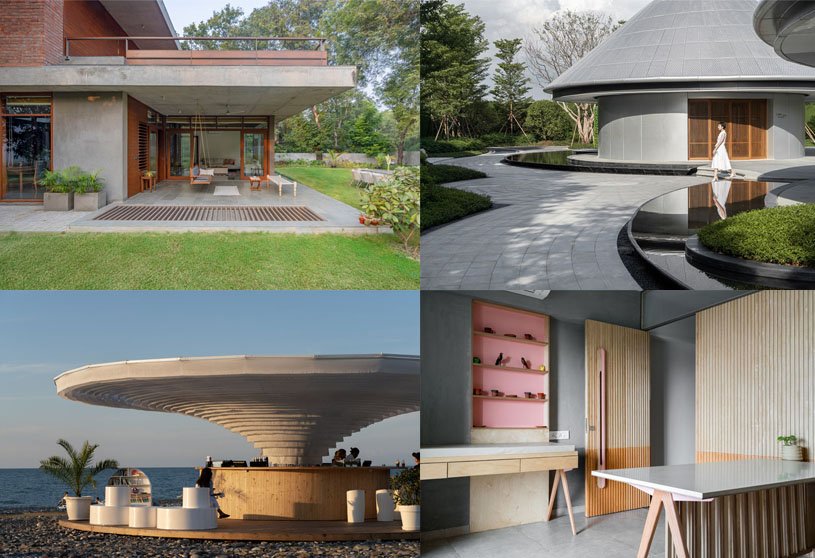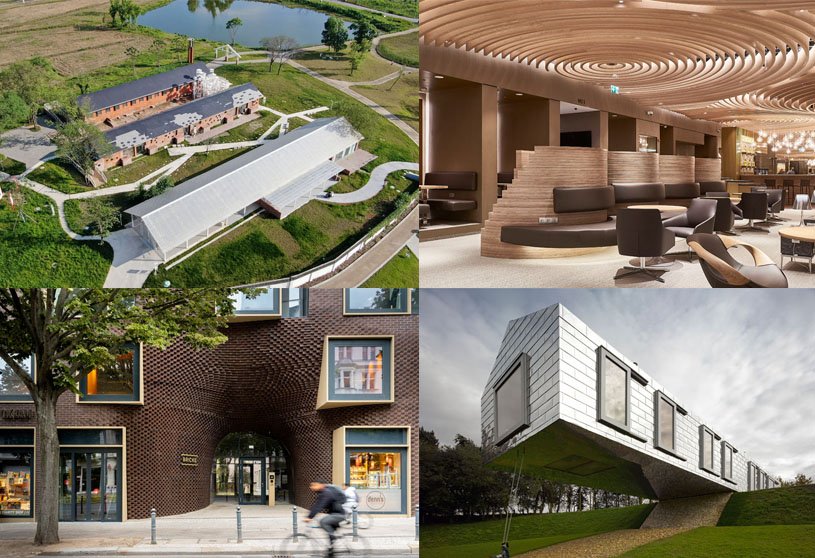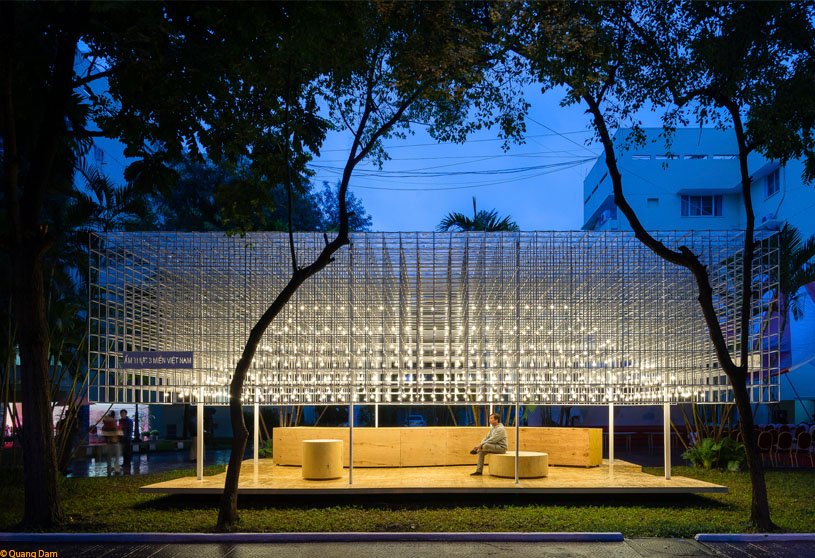Practice7 months ago
Atelier Ingarden, an architecture practice based in Hangzhou, is influenced by the Chinese garden philosophy of 2012 Pritzker Prize-winning architect, Wang Shu. The practice focuses on the traditional Chinese aesthetic idea of “architecture, village, and city are all gardens” and attempts to complete the architectural design with “basic construction” as the main method in various environments in China.
Project7 months ago
The Visitor Facilities “U Prutu,” designed by Prokš Přikryl Architekti, is a flexible, floating structure located by the City Reservoir. Its adaptable design accommodates multiple functions, with the space divided into three equal sections: a kiosk, a covered seating area, and public restrooms. Thoughtfully integrated into its natural environment, the facility enhances the diverse ecosystem of the reservoir’s various areas.
Project7 months ago
Bak Mei, a restaurant interior designed by Salone Del Salon, uses an artistic and narrative approach to evoke a subtle elegance of Lingnan garden architecture while seamlessly incorporating the brand’s local cultural roots into the design. This design creates a ceremonial experience for modern banquets by fostering a strong bond between space and diners, senses and atmosphere, and emotions and settings.
Project7 months ago
Bellevue – A House in Park, crafted by UA Lab (Urban Architectural Collaborative), celebrates the activity of seating, relaxing, and socializing in harmony with nature. The design features a sleek cuboidal pavilion with a combination of pergolas and a flat roof, allowing for an intriguing play of light and shadow. This interplay adds a dynamic quality to the linear spaces while fostering a strong connection to the natural surroundings.
Academic Project7 months ago
‘For All Generations’ is a bachelors design project on urban housing by Atsuki Sato from the ‘Monash Art, Design & Architecture’ that explores the ‘Postcode 3000’ policy from the 1990s in a contemporary Melbourne context. The project aims to transform underutilized commercial buildings into a vibrant, multi-generational living space. It promotes inclusivity and community through well-designed housing clusters, shared amenities, a public library, and a communal rooftop garden, while fostering a sustainable and inclusive urban environment.
Project7 months ago
Weng’s Factory / Co-Working Space, designed by Architect Nonsense, showcases a refurbishment concept that bridges the past and present. The design highlights the authenticity of materials and the factory’s distinctive character, incorporating elements from the site itself. It creates a space that merges a genuine commitment to community coexistence with modern functionality to address contemporary needs.
Project7 months ago
The Duling Educational & Cultural Centre by Project Mingde (The University of Hong Kong) showcases a culturally respectful sustainable design. The project aimed to meet community needs while respecting Hakka culture’s values. Its design principle, grounded in sustainability and tradition, transforms a village beset by challenges into a safe space for children to play and learn and a place for villagers to connect.
Practice7 months ago
Project Mingde (The University of Hong Kong) is an architecture practice based in Hong Kong, China.
Project7 months ago
OfficeR by Plan Loci is a masterful response to the unique site, layering two distinct orientations to create a dynamic and sustainable design. The building establishes a new standard for environmentally responsible architecture with its innovative use of salvage and reclamation materials and dedication to reducing waste and heat consumption. It showcases that a design can be both aesthetically pleasing and ecologically sound.
Project7 months ago
Langeveld Building by Paul de Ruiter Architects redefines sustainable learning spaces with a focus on innovation, nature, and student well-being. Designed with biophilic principles in mind, the building recalls a connection to nature and places environmental consciousness. It features a home-like atmosphere with abundant greenery, with the central atrium featuring real, untreated tree trunks that bring the outdoors inside.
Practice7 months ago
Paul de Ruiter Architects is an architecture firm committed to designing sustainable buildings that positively impact people and the environment. Known for innovation, the studio creates energy-generating structures using healthy materials that support biodiversity. Through close collaboration with clients and partners, Paul de Ruiter Architects continues to set new standards and shape the future of architecture.
Project7 months ago
Vrundavan, a residence by DF Architects, seamlessly combines traditional and contemporary design elements to create a living space that exudes elegance, practicality, and cultural richness. The architecture features refined arches, detailed jali work, and meticulously crafted brickwork, while modern touches such as circular cutouts and a dramatic triple-height volume promote a sense of openness and sustainability.
Selected Academic Projects
Project7 months ago
EE House, a project by WOS Architects, serves a dual purpose, functioning both as a residence for one and as a communal space for a closely knit family. With ample space and greenery, the house has been designed to foster a variety of family activities. The design seamlessly connects the indoor, balcony, garden, and communal spaces, allowing for a more cohesive and functional home.
Practice7 months ago
WOS Architects, based in Bangkok, is a small practice run by two architects, specializing in architectural design, interior design, and the spaces in between. They believe in simplicity and practicality, yet also embrace ambiguity. Their approach to architecture focuses on creating places for dwellers, guests, and nature, with boundaries that extend beyond the perimeter of buildings.
Project7 months ago
Haven – The Eternal Experience Pavilion by Earthscape Studio is an innovative Timbrel vaulting structure emphasizing affordability and sustainability, built without the use of steel or concrete. Its design harmonizes with the natural terrain, blending seamlessly into the landscape and surrounding trees. The structure’s layout preserves the original landform, ensuring minimal disruption to the environment.
Project7 months ago
Casa SA, an innovative residential project by Sandro Ferreira Arquitectura, revitalizes a neglected urban area by introducing a modern, contemporary structure that elevates residents’ quality of life. The design prioritizes abundant natural light in every apartment, fostering bright and open living spaces. With a layout spanning four distinct levels, the building emphasizes efficient space utilization and reduces circulation areas.
Practice7 months ago
Sandro Ferreira Arquitectura is an architecture and design practice based in Braga, Portugal.
Compilation7 months ago
Archidiaries is excited to share the Project of the Week – Oasis The Cabin | Wiki World + Advanced Architecture Laboratory AaL. Along with this, the weekly highlight contains a few of the best projects, published throughout the week. These selected projects represent the best content curated and shared by the team at ArchiDiaries.
Project7 months ago
JD House by Studio Arthur Casas is a sand-coloured volume designed to create a spacious, private environment connected to nature. The residence offers a harmonious design that seamlessly blends indoor and outdoor spaces, enhancing tranquillity and comfort. Its design allows natural light to flood interiors, providing stunning views of the landscape and fostering a deep appreciation for the environment.
Project7 months ago
Kavyam, an interior design project by Ikigai Studio, merges Indian artistry and minimalist style, creating a deeply meaningful and harmonious living experience. A thoughtful interplay of materials invites an exploration of both visual and tactile elements, drawing guests deeper into the home’s narrative. The project is more than just a home; it’s a testament to the art of blending tradition with modernity.
Practice7 months ago
Ikigai Studio is an architecture practice driven by a vision of futuristic designs that harmonize with the surrounding urban environment. Founded by architect Anuja Marudgan, she perceives architecture as an interdisciplinary fusion of design, art, culture, engineering, and aesthetics. While its roots lie in functionality, the evolution of art has revolutionized its practicality, making the two inseparable.
Academic Project7 months ago
‘Flexible and Replicable Housing in Montecristo, Bolívar’ is an architecture thesis by Daniel Esteban Garay Medina from the ‘Facultad de Arquitectura – Universidad Santo Tomás Medellín’ that seeks to transform Montecristo’s challenges into growth opportunities by integrating replicable housing solutions with environmental and cultural preservation. It empowers residents, promotes a circular economy, and strengthens community identity. This sustainable development model enhances the quality of life, attracts new residents, and revitalizes the local economy.
Project7 months ago
House A, designed by Alexis Dornier, features a linear, 4-story design that serves as a bridge to counteract the steep slope of the site. The central theme of this residence combines a romantic ruin connected to the ground and an ephemeral, transparent structure with a series of roofs. These architectural expressions contrast and support each other, with a master deck crowning the structure.
Project7 months ago
The Vietnamese Food Pavilion by MIA Design Studio, inspired by the design of traditional folk houses, offers a transparent and interactive space. The pavilion design showcases unique flavors and ingredients from each region, inviting visitors to taste and experience Vietnam’s rich cultural heritage. It honors traditional culinary practices and fosters community among guests as they explore diverse offerings.
